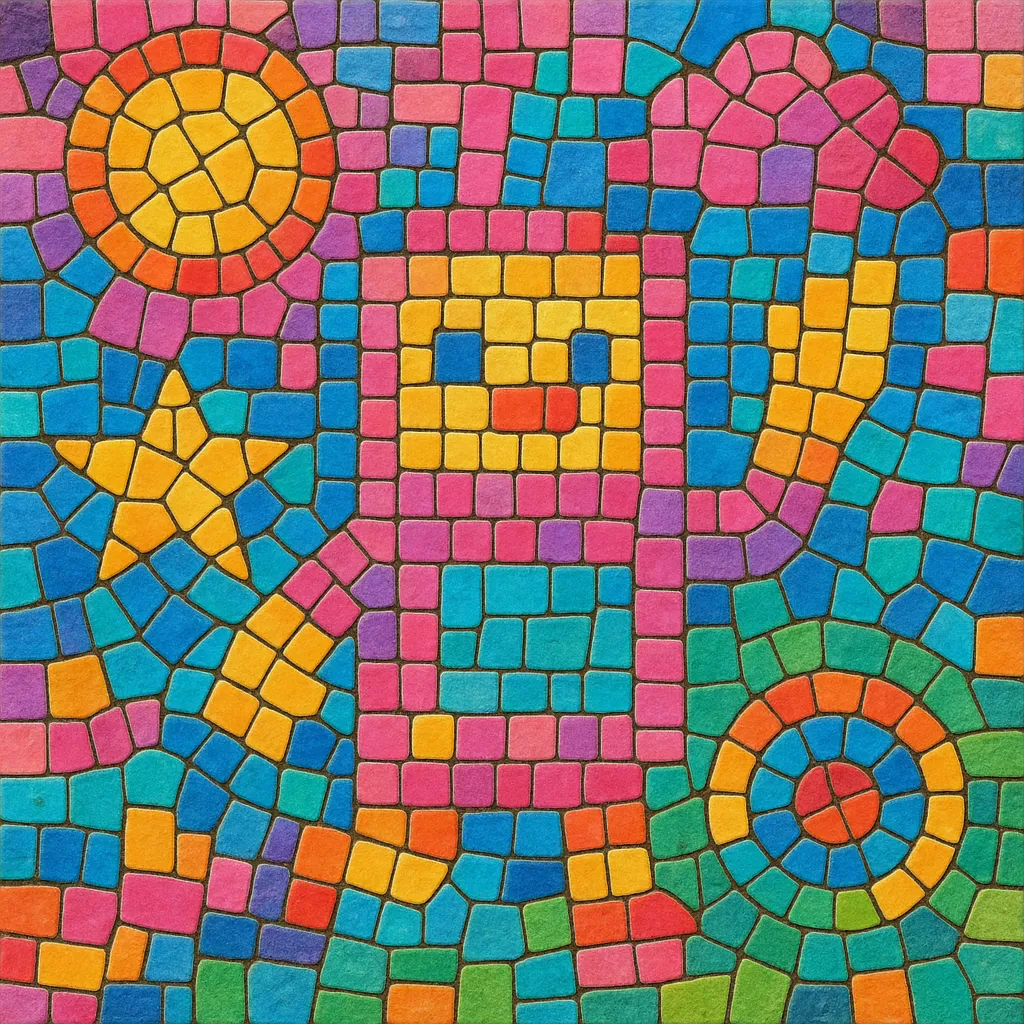Picopop is a Japanese microgenre of ultra-bright, toy-like electronic pop that fuses the sugary melodicism of J‑pop with the bleepy, “piko‑piko” timbres of 8‑bit and lo‑fi electronics. Its name nods to both the onomatopoeia for beeps in Japanese (“piko-piko”) and its pocket‑sized, miniature aesthetic.
Musically, picopop favors short, hook-dense songs, high‑pitched and cute (kawaii) vocals, and arrangements built from chiptune waveforms, plastic synths, and playful sound effects. It inherits Shibuya‑kei’s collage sensibility and pop sophistication, but strips it down to bright primary colors, bubblegum harmonies, and crisp, quantized rhythms. The result is an effervescent, hyper-melodic style that feels like a handheld game console crossed with indie pop.
Picopop emerged in Japan in the early 2000s as a cute, minimalist offshoot of Shibuya‑kei and indie electropop. Small labels and netlabel culture (e.g., Usagi-Chang and related CD‑R scenes) nurtured artists who combined J‑pop songcraft with 8‑bit “piko‑piko” tones from vintage consoles and softsynths. The approach echoed Shibuya‑kei’s love of retro textures and collage, but focused more tightly on concise hooks, childlike timbres, and toy‑instrument charm.
As the sound coalesced, producers drew heavily on chiptune waveforms (square/triangle/noise), simple major‑key harmonies, and tight, danceable grooves. Vocals often leaned into kawaii expressivity—light, breathy, and bright—while arrangements featured short loops, ear‑candy fills, and sound‑effect punctuation. The visual language paralleled the music: pastel palettes, pixel art, and playful, merchandise‑ready iconography.
The mid–late 2000s saw picopop overlap with denpa and the burgeoning Vocaloid scene, as bedroom producers shared stems, remixes, and track data online. Tracker tools and 8‑bit VSTs made the palette accessible, helping the style circulate beyond Tokyo’s indie venues. Chiptune collectives and event series further reinforced the genre’s game‑inspired identity.
Although always niche, picopop’s kawaii maximalism and chip timbres prefigured elements of Vocaloid pop, anime‑adjacent “moe” music, and later internet‑native styles such as kawaii future bass and parts of hyperpop. Today it stands as a compact template for turning retro game sounds into irresistibly bright, hook‑first pop.


